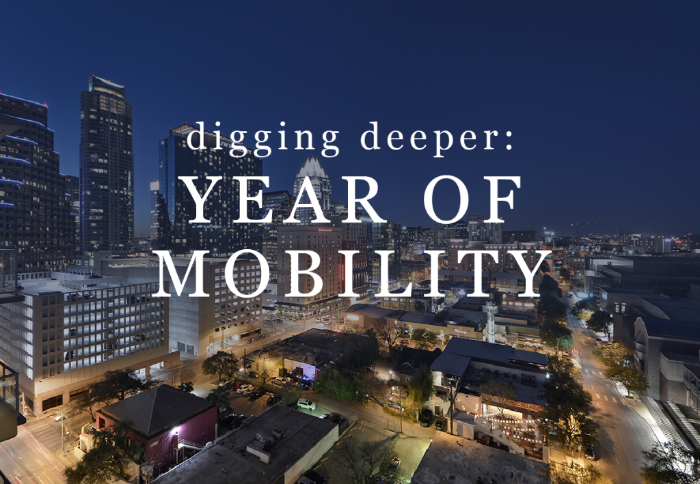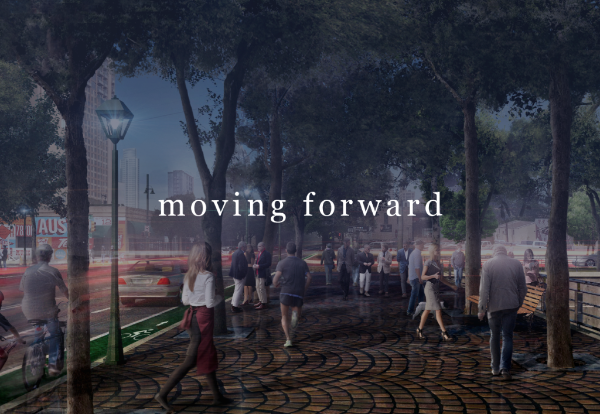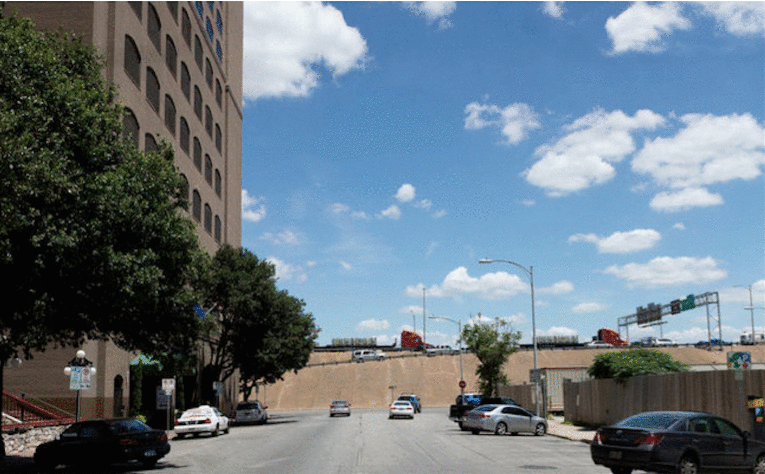
Early this year, Mayor Adler announced that 2016 is the “Year of Mobility”, and the city of Austin is striving to ease congestion, make traffic safer and plan for the future. “Great cities do big things, and there is nothing bigger facing Austin than our mobility crisis. We need to have a serious conversation about how we move from the drafting board to fixing I-35 and investing in transportation projects on other major corridors such as Lamar, Burnet Road, and East MLK,” said Adler.
To kick this off, City Council unveiled a plan for 109 mobility projects city wide – in addition to the standard mobility projects such as filling potholes and landscape maintenance. Some of the highlights from the list include:
- retiming traffic signals and repairing vehicle detection systems to reduce wait times
- 9 street reconstruction projects
- investing in improved crosswalks by upgrading signals, extending walk times and improving waiting areas for pedestrians and bicycles
- dedicated bike lanes on MoPac bridges
- improved mobility and increase parking on Rainey Street
- 44 new sidewalk and pedestrian bridge projects
- continued implementation of Vision Zero through education and culture change, traffic enforcement and prosecution, and land use and transportation engineering


By connecting Downtown to the East Side through a walkable, pedestrian destination, traffic in Austin’s downtown grid would be greatly improved with additional highway crossing points while maintaining the current number of I-35 access points. But resolving the I-35 traffic issue isn’t the only big ticket item on the agenda for the Year of Mobility. City Council will continue to work with TxDOT on improving traffic flow on Loop 360, FM 620, and Parmer Lane. Additionally, a partnership between Capital Metro and the City of Austin is working on the Central Corridor Study as they search for a potential high-capacity transit solution.
Residents are invited to weigh in on the Austin Strategic Mobility Plan in 2016 as the city works to put long term plans into action. While a long list of agenda items have already been put in place, 2016 is looking to be the year that great concepts are turned into great solutions.